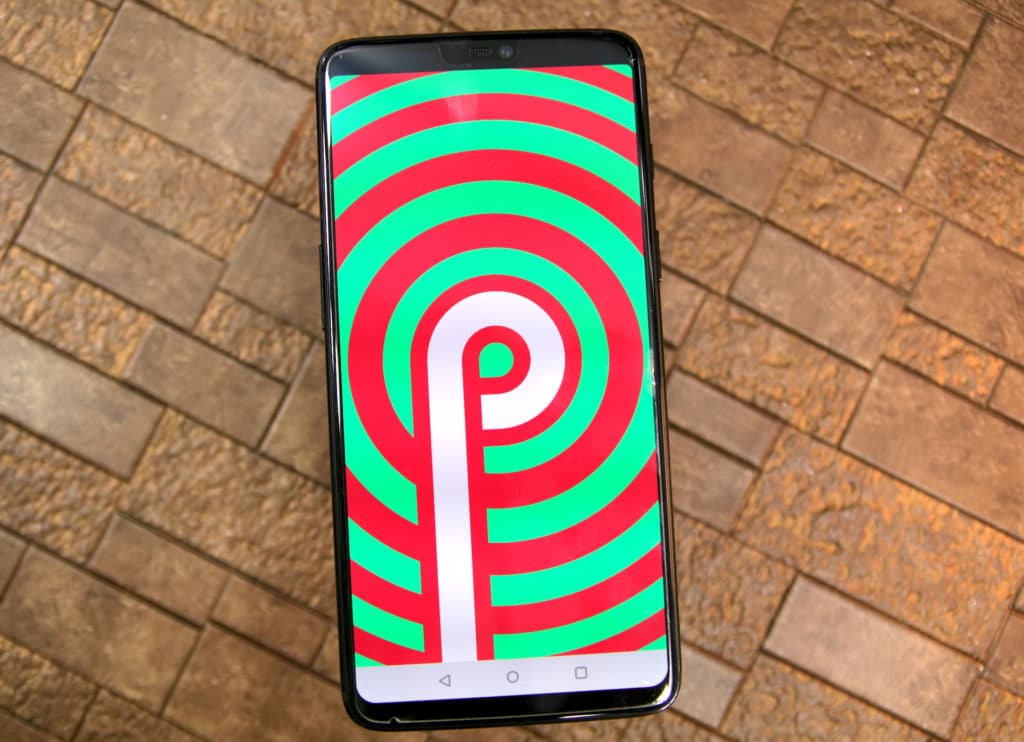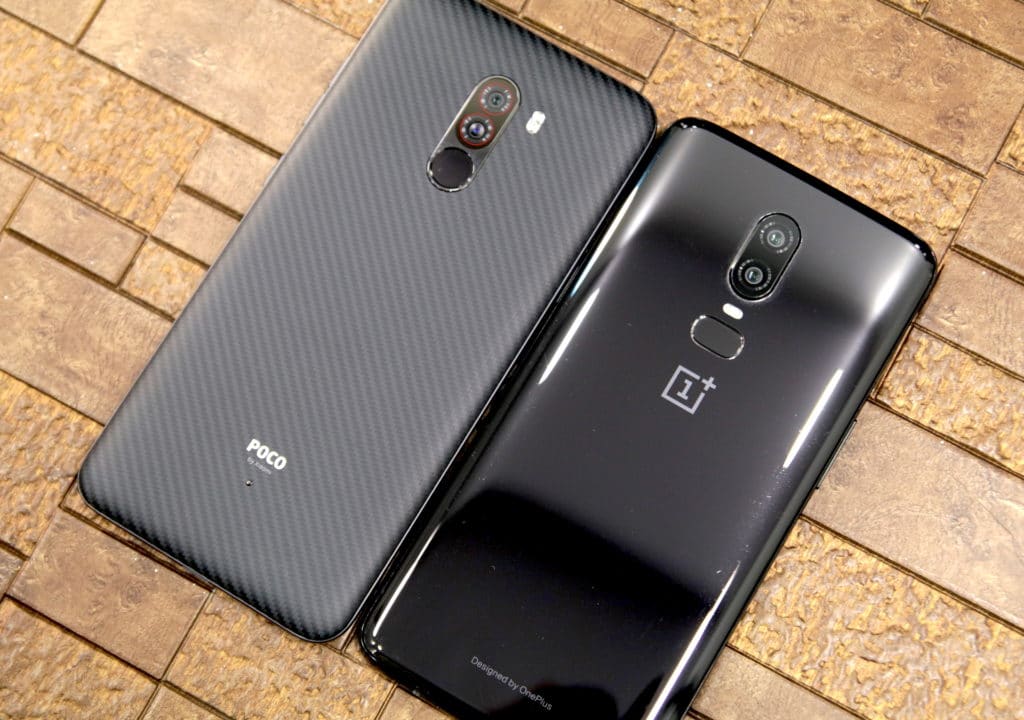
OnePlus has managed to surpass Samsung and Apple to become the leader of the premium smartphone segment in India in Q2, 2018. The company managed this feat thanks to the strong sales of the OnePlus 5T and OnePlus 6, with the latter selling in record numbers for the company.
India is already a key market for OnePlus as it typically generates one-third of the company’s total revenues. With every new flagship phone launch, OnePlus has managed to attract more and more customers, and with the OnePlus 6, it has done exceedingly well.

Thanks to the strong sales of the OnePlus 5T and record-breaking performance of the OnePlus 6, the company managed to capture 40 percent of the premium smartphone market in India. This was followed by previous segment leader, Samsung, which captured 34 percent of the market. The company saw the shipment of Galaxy S9 decline by 25% YoY basis compared to the Galaxy S8. The company did off some marketing push to the handsets towards the end of the quarter to help improve sales of the S9 series.
Apple saw its market share in India’s premium market decline to its lowest ever at 14 percent. This was due to the company’s poor price strategy, increase in custom duties, and seasonal demand as most consumers now usually tend to hold off their purchase in anticipation of new iPhones due for unveiling in September.
In terms of smartphone share, the OnePlus 6 was the most popular premium smartphone in the >Rs 30,000 segment in India with a 30 percent market share in Q2, 2018. This was followed by the Galaxy S9 Plus at 12 percent and the OnePlus 5T at 10 percent.
[Via Counterpoint Research]

















